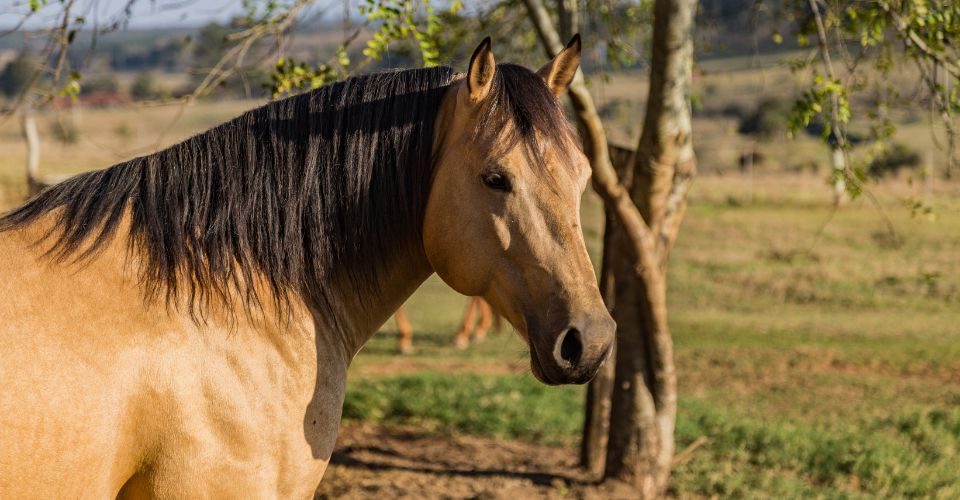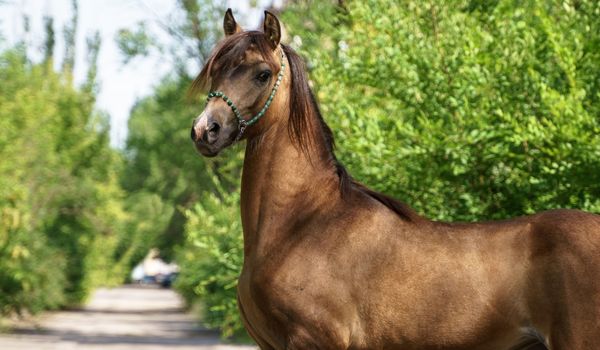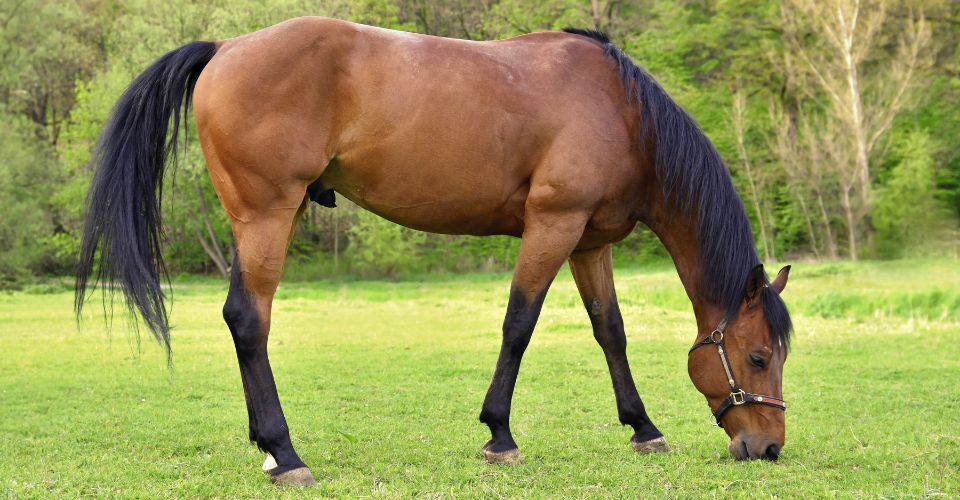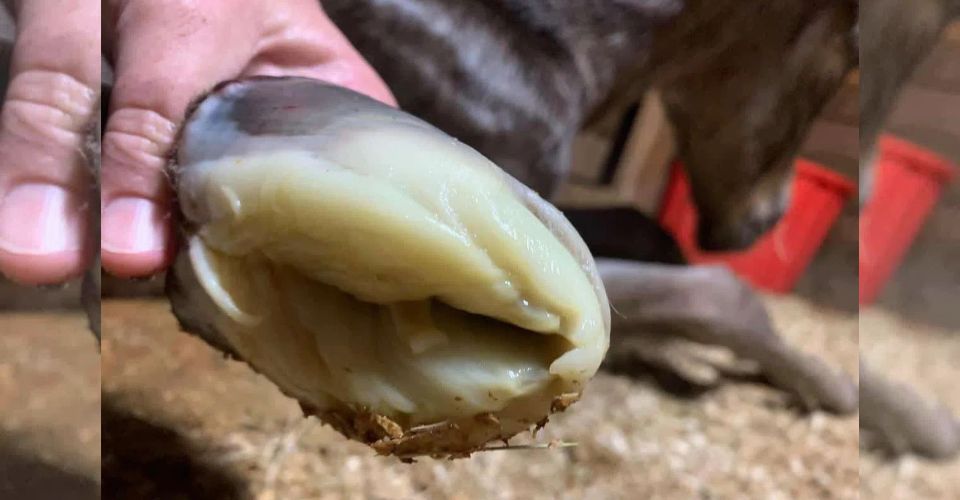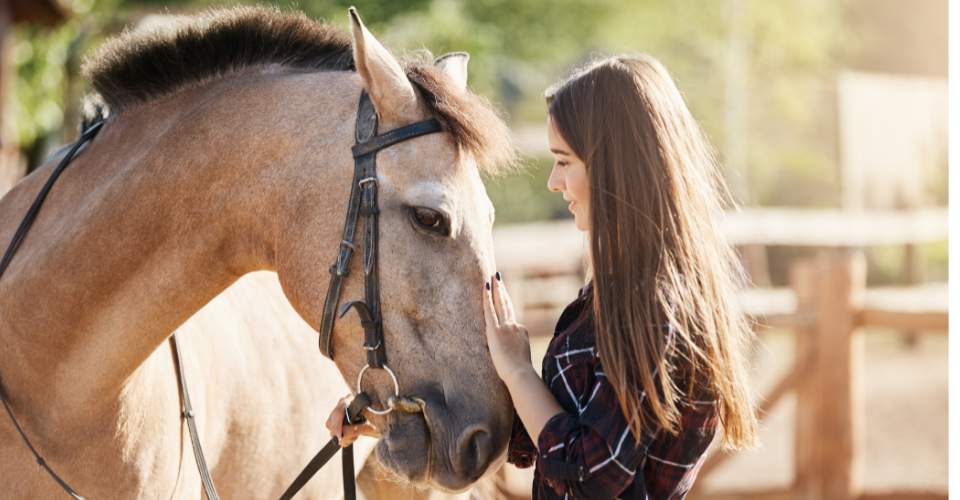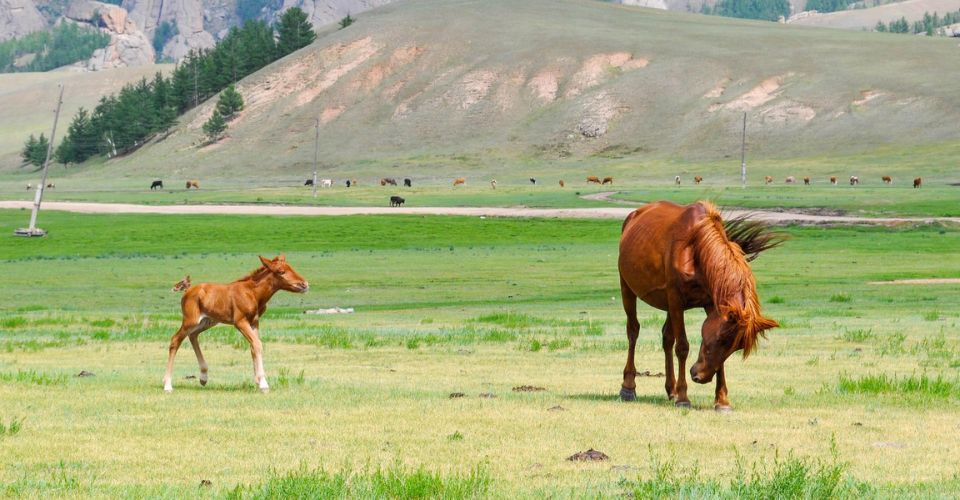The buckskin horse is about the color type, not a breed. These equines have a golden-tannish coat, almost similar to the darker version of a deer’s hide. Other typical characteristics include solid black mane, tail, and legs, while the eyes are usually brown.
Are these features not eye-catching enough? Let us dig deeper into their world!
Did You Know?
Even though the buckskin horse is not a breed, they do have some distinct qualities. They are known for being overall hardier than other equines.
Buckskin Horse Facts
1. Buckskins Are Thought to Have Iberian Origins
Like several other horses, Buckskins are commonly associated with the Sorraia breed. They originated about 500 years ago when Spanish conquistadors brought this breed to the Americas. Since then, the Sorraia blood has been evident in almost all local horse breeds.
Different colors originated when these quines were released into the wild, including buckskin and dun. However, according to Oklahoma State University, the buckskin color had already appeared in Sorraia horses before they came to New World.
2. Buckskin Horses Are Not Duns
Buckskin and dun colors are often confused; nevertheless, they differ in appearance and genetics. The former ranges from deep yellow to golden and appear to be a tanned deer hide and have black points and solid legs. Duns, on the other hand, range from yellow to chestnut. These horses have primitive markings and a dorsal stripe that runs along their back.
3. Cream Dilution Gene Is a Must to Foal a Buckskin
For a buckskin horse to be born, at least one parent must have a cream dilution gene. This gene further needs to be present in bay horses. This results in the lightening of the bay color to tan without getting rid of the black points. This particular feature makes it easy for horse owners to verify whether their pet is a buckskin.
4. Buckskin Cannot Have Blue Eyes
You might have seen blue-eyed buckskin horses; however, they are not ‘truly’ Buckskin. To be a buckskin horse, he must have a single dilution gene. But horses with blue eyes, on the other hand, are double diluted. If you ever come across a blue-eyed buckskin horse, chances are, you are confusing him with other equine varieties. Most buckskins have either brown or amber-colored eyes.
5. All Breeds Cannot Be Buckskin
Not all pure-bred horses carry a cream dilution gene. Hence, they cannot have a buckskin color. As mentioned earlier, buckskin horses must have at least one parent with a cream gene. But some breeds do not have this gene at all, and if it is introduced through crossbreeding, the purity is lost.
Following equine breeds, thus, cannot have buckskin coats:
6. Buckskin Horses Can Change Color
Buckskin horses alter their color slightly in different seasons. Sometimes, the change can be huge for a different shade of color as these horses step into winter from summer. It is a similar trait found in some other single-diluted equine colors, such as palomino. They are also known to shed previous colors as the seasons change.
7. Buckskins Typically Do Not Have Dorsal Stripes
Usually, buckskin horses do not have stripes running along their back. However, it is quite a possibility for them to have it. But in that case, you need to do a DNA test to confirm that the dorsal stripe is not a result of the dun gene since it is easy to confuse both types if you only observe the dorsal stripes.
8. Buckskin Horses Are Not Rare
Buckskin is common in the equine world. Unlike the popular misconception, this particular hue is found in numerous horse breeds. However, some shades within this color might be rarer than others. The most common shade is the standard Buckskin.
9. Buckskins Had Been a Part of Television for a Long
Buckskin horses have appeared in some western films, series, and animations. Ben Cartwright rode a buckskin horse in the famous 1959 television series Bonanza. They were also seen in the 1990 epic film Dances With Wolves. These horses entered the animation world with the 2002 film Spirit: Stallion of the Cimarron.
Common Shades of Buckskin Horse
- Buttermilk: It is the lightest of all buckskin color variations. Their golden coat is so light that it appears milky and creamy. However, horses having this color still have black points on their bodies.
- Standard: This is the most recognized variation of the buckskin color. The coat is akin to that of a deer but is more tanned.
- Golden: It is the lighter variation of the sooty color. However, they look quite like the standard ones but without the dorsal stip. Dark spots do exist, though.
- Sooty: This color is a result of genetic modification. This is also the darkest variation of the buckskin color. They have a dark overcoat underneath, which they are quite light-colored.
- Silver: Silver buckskin horses have a considerable amount of gray hair in their coats. The hair might be intermingled, and when seen in sunlight, these quines appear as if they were gray-colored, not Buckskin.
Common Horse Breeds With Buckskin Color
• Andalusian
• Gypsy vanner
• Thoroughbred
• Tennessee walker
• Shetland
Some Famous Buckskin Horses
- Buttermilk: This was a quarter horse that appeared in several western films. It is especially famous for appearing in the 1950s program The Roy Rogers Show. The horses lived between 1941 and 1972.
- Hollywood Dun It: He was an iconic champion stallion. He managed to secure more than USD 60,000 winning price throughout his life. His offspring have gone a step further by garnering more than USD 6 million. He died in 2005.
- RanchBoss Cortez: It is a 15.2 hands Morgan stallion born in 1999. The horse is known for its strong working ethics and for winning the 2016 World Champion Reining Snaffle Bit.
Buckskin Horse Registries
American Buckskin Registry Association
It is the first registry founded for buckskins. Established in 1965, the organization also registers the pedigree duns. The registry is known for its non-tough criteria for registration. If your horse meets the genetic and coat requirements, he will secure a place on its list even if the parentage is not known.
International Buckskin Horse Association
It is the largest registry on the international level for buckskin, dun, and Grulla horses. The organization was established in 1970 and recognizes only those horses with coats similar to that of a deer but tanned. They must also have black point colors or at least a shade of dark gold. It also does not accept horses that have some special characteristics, namely, albino, appaloosa, or pinto.

